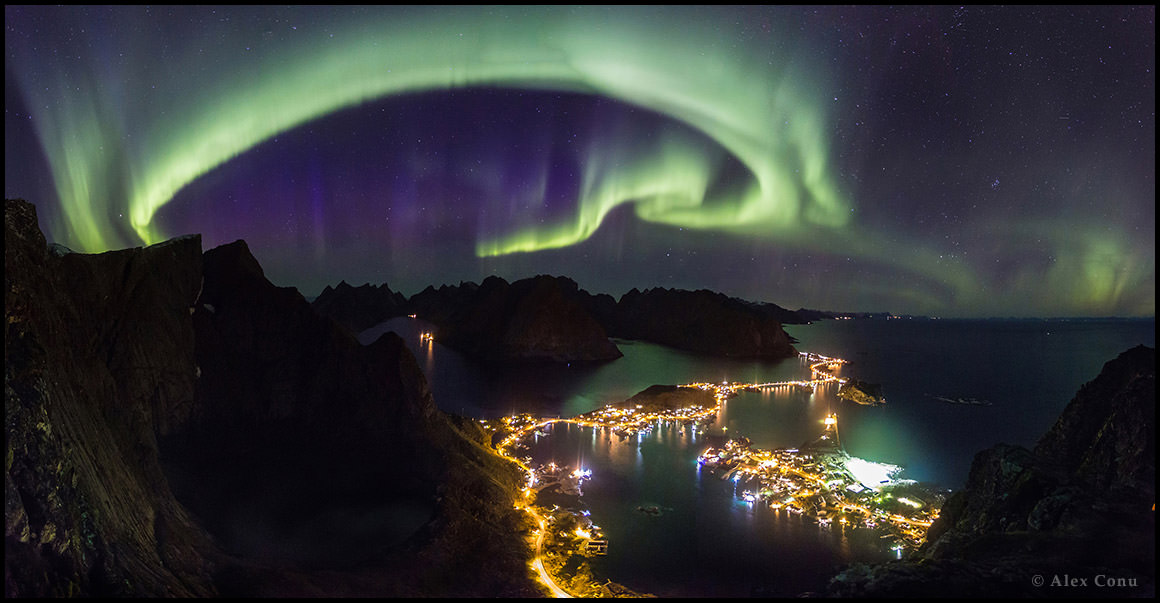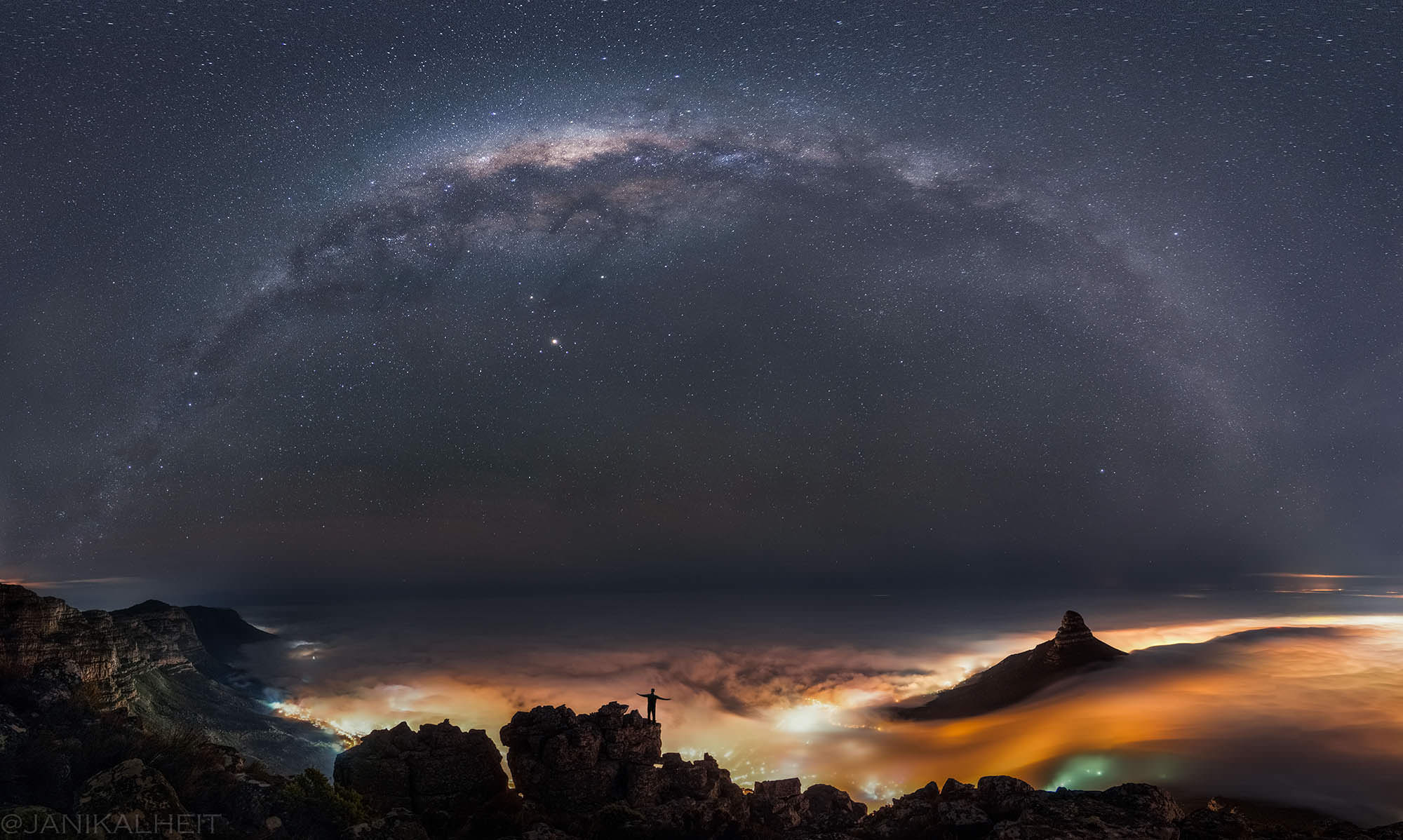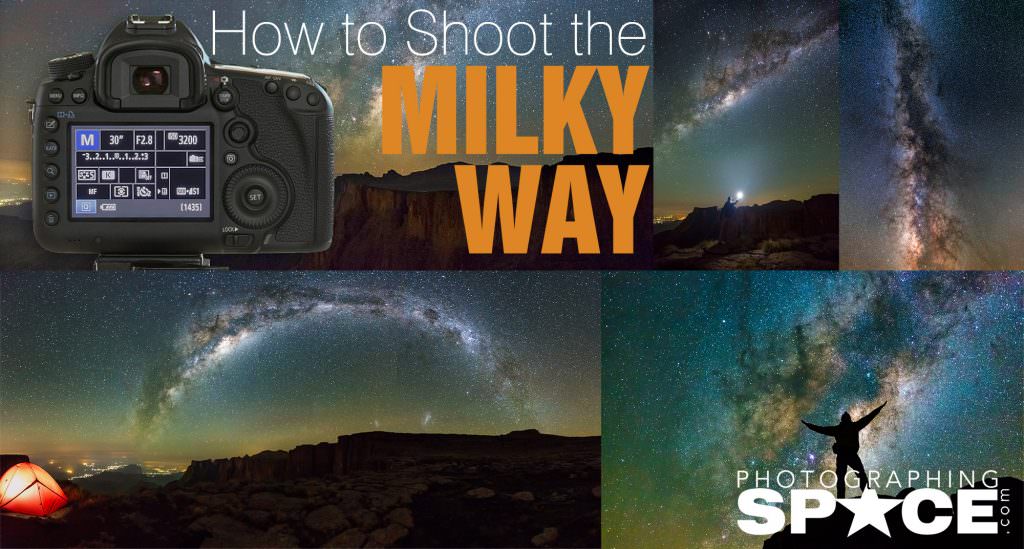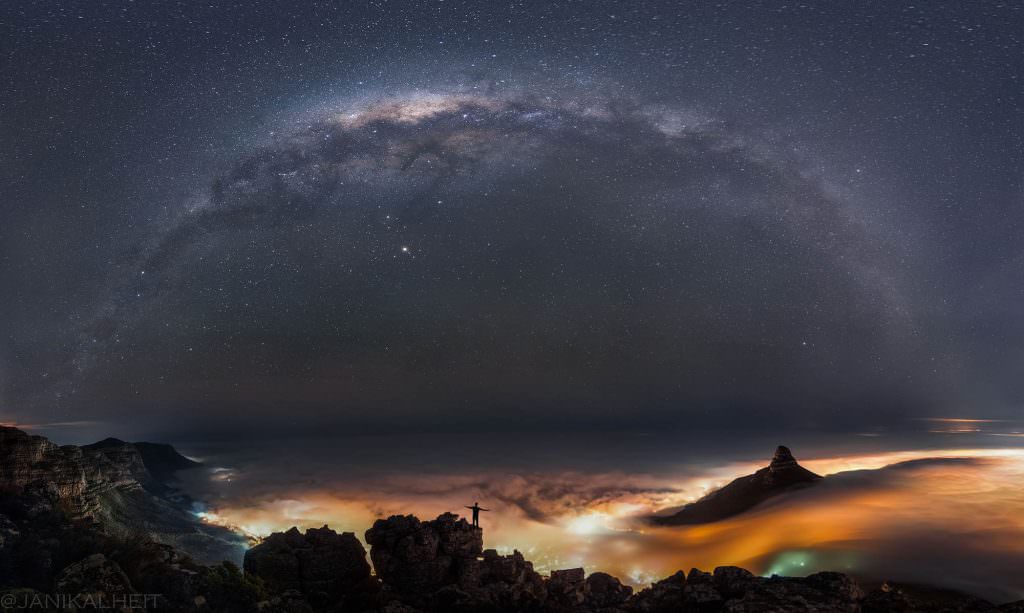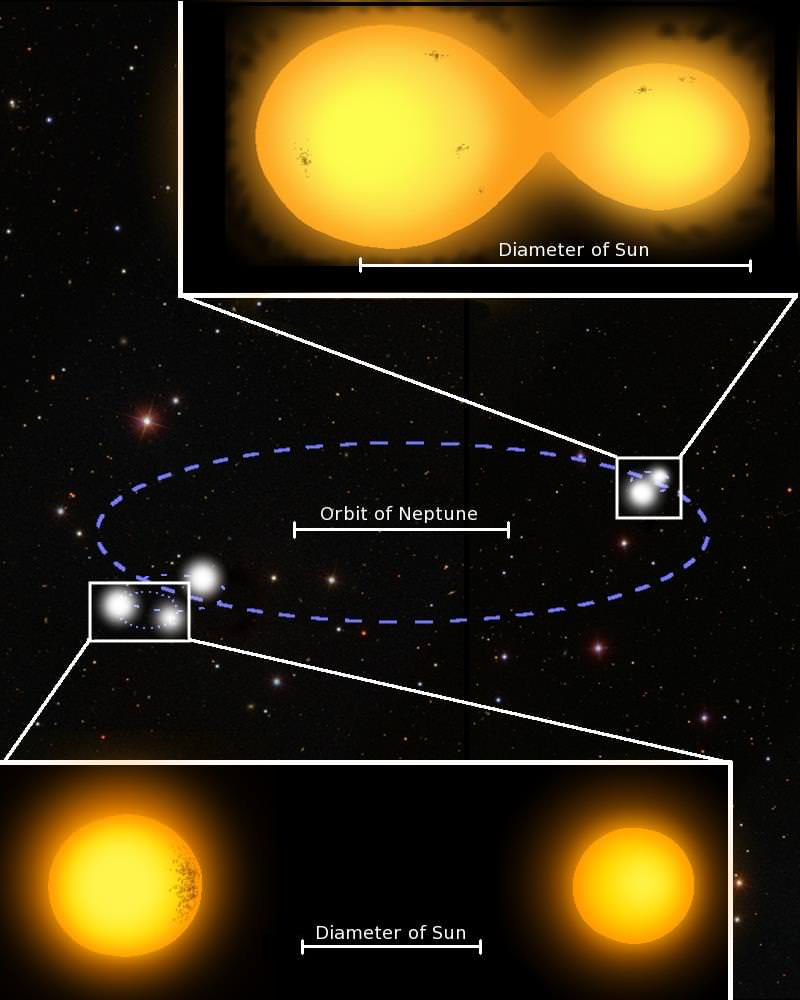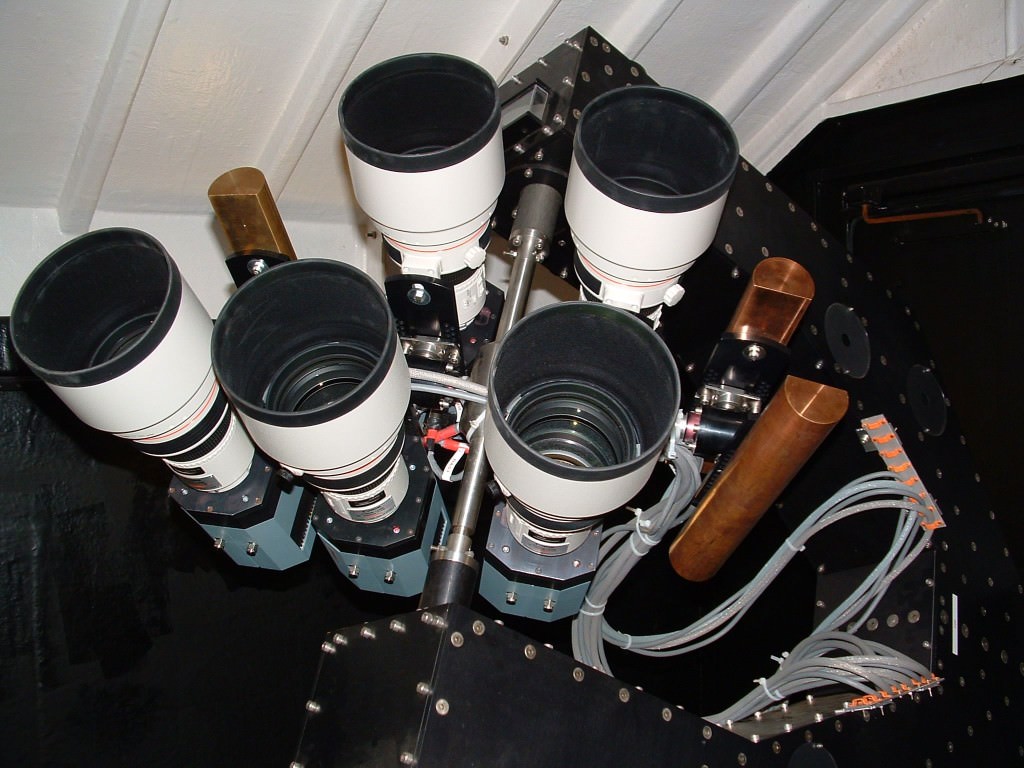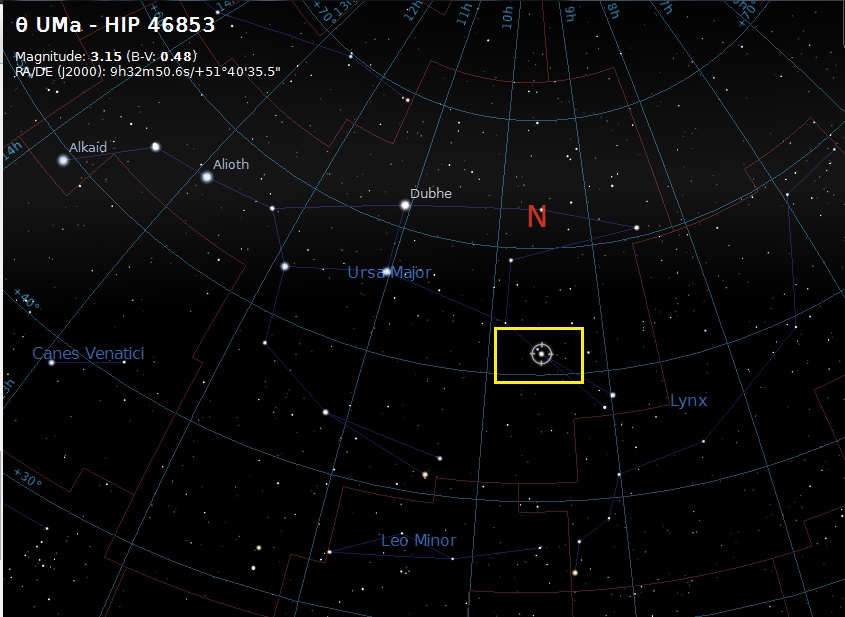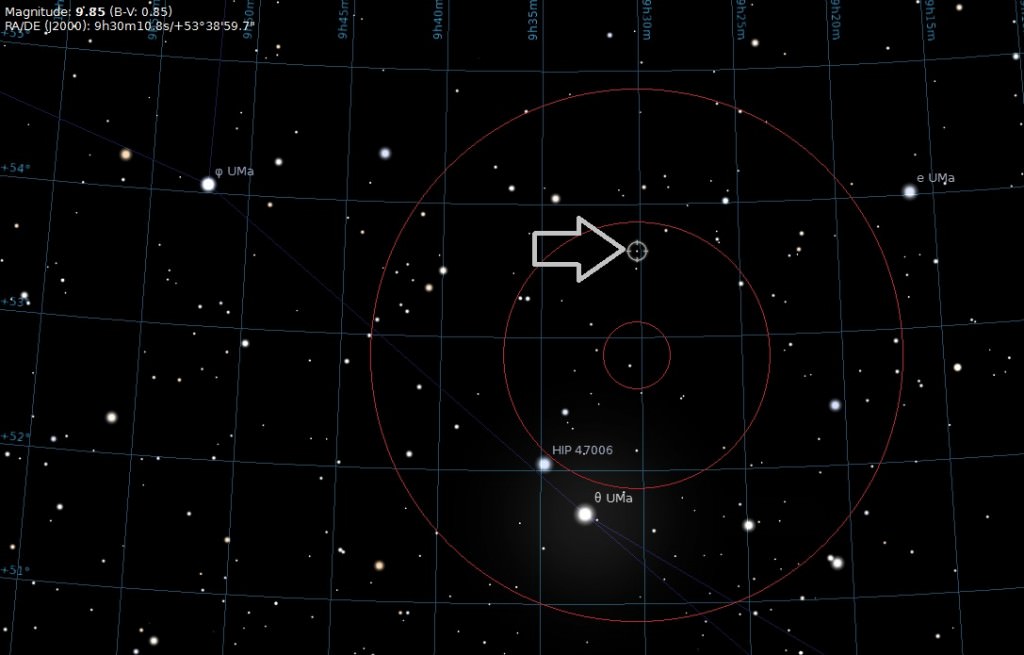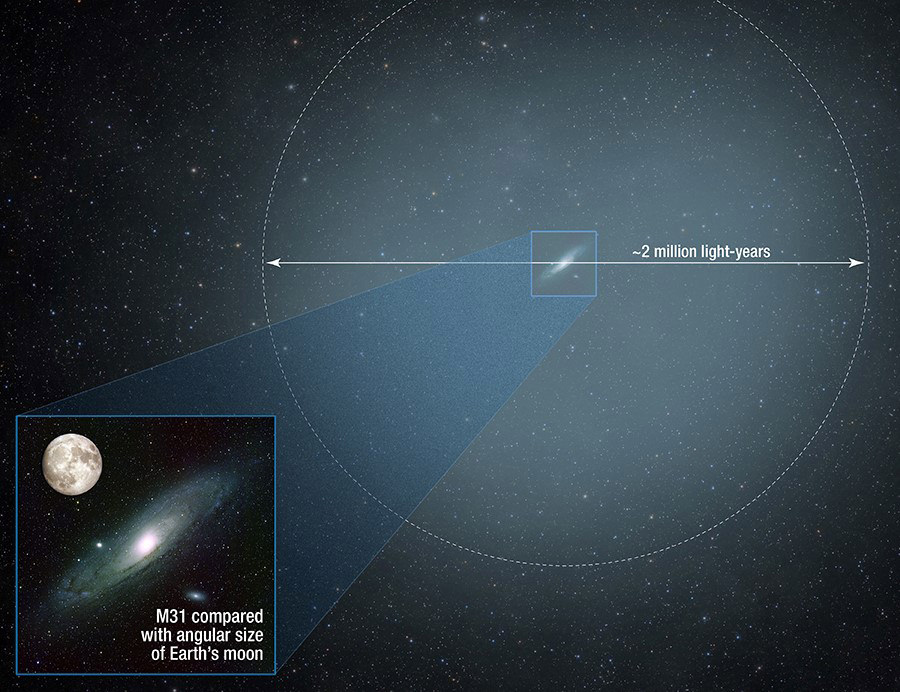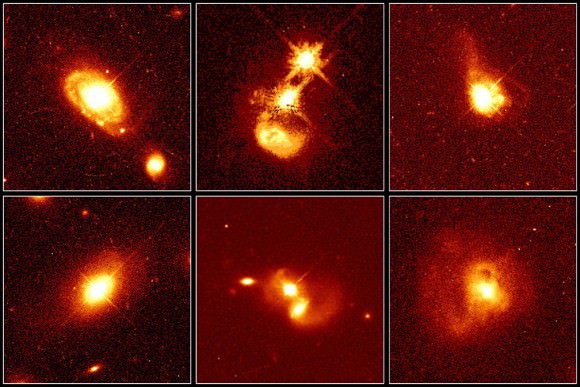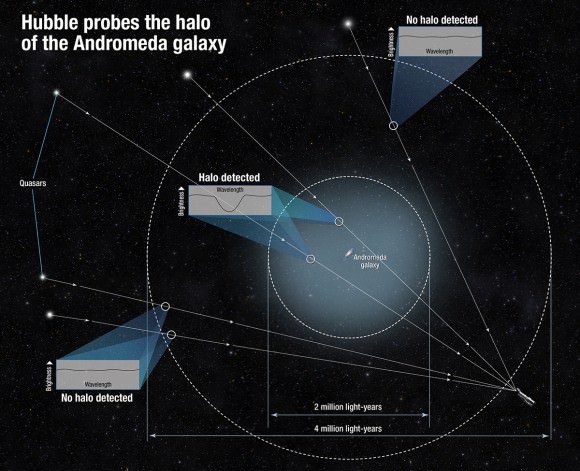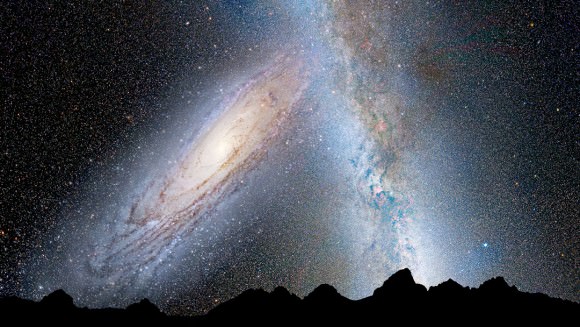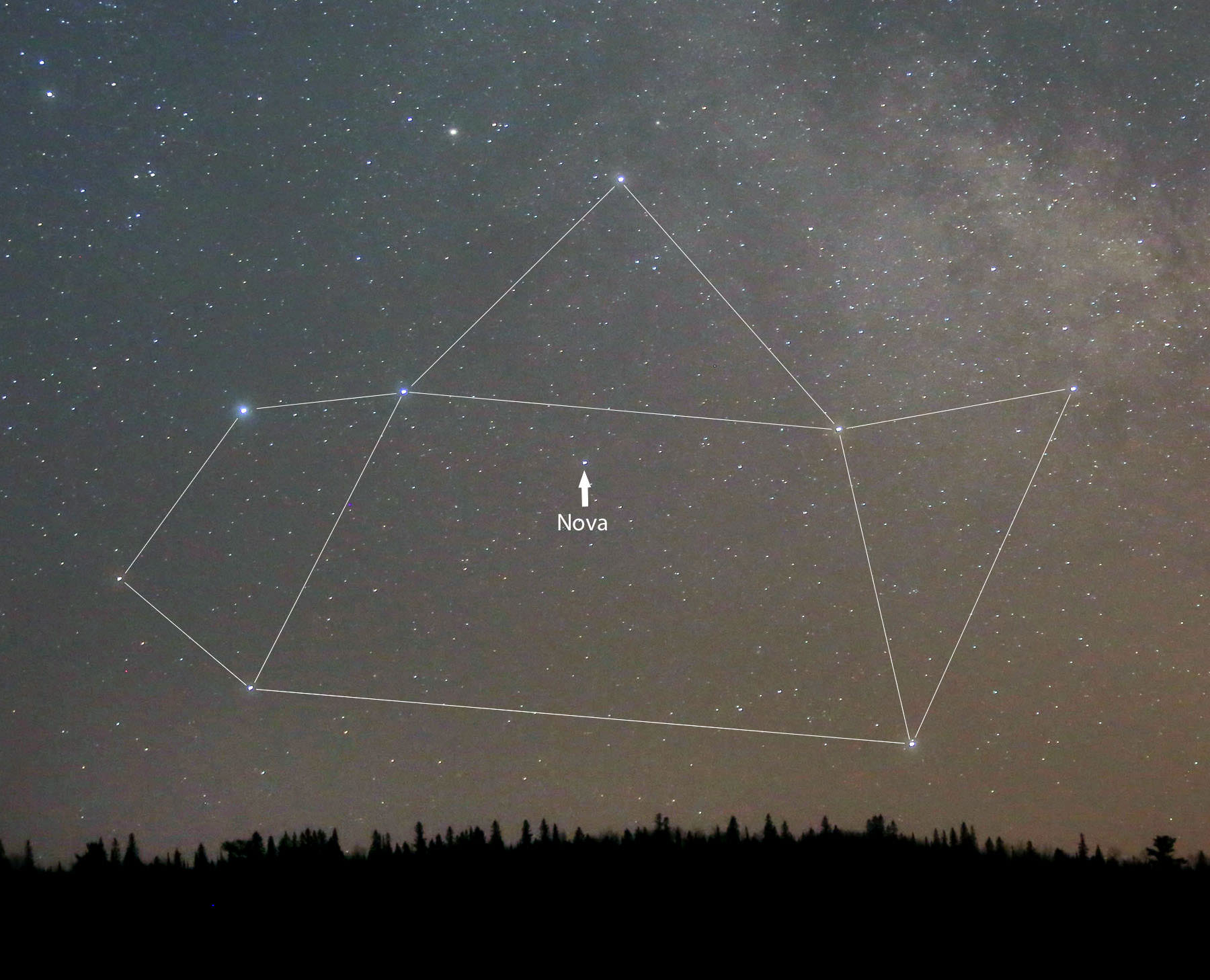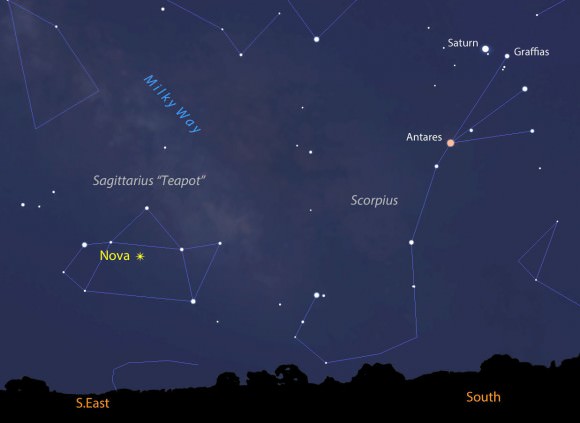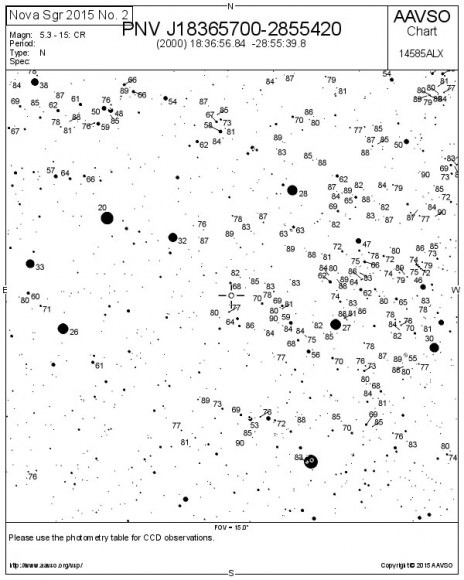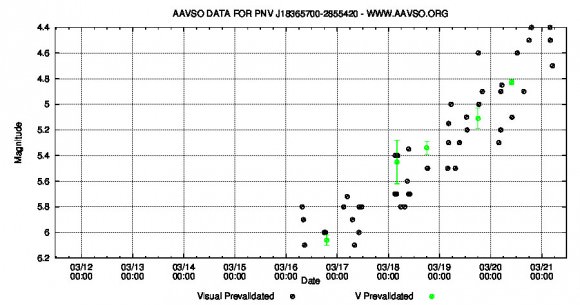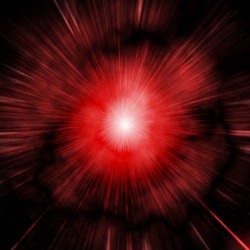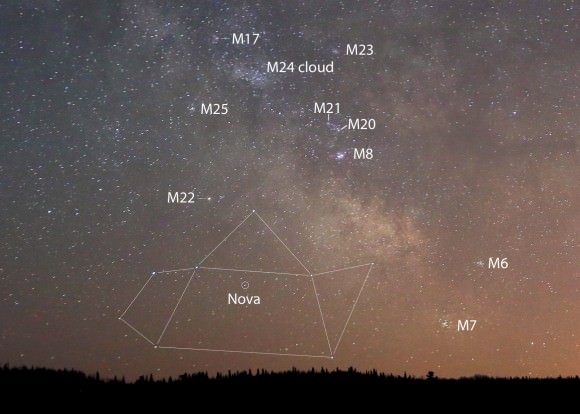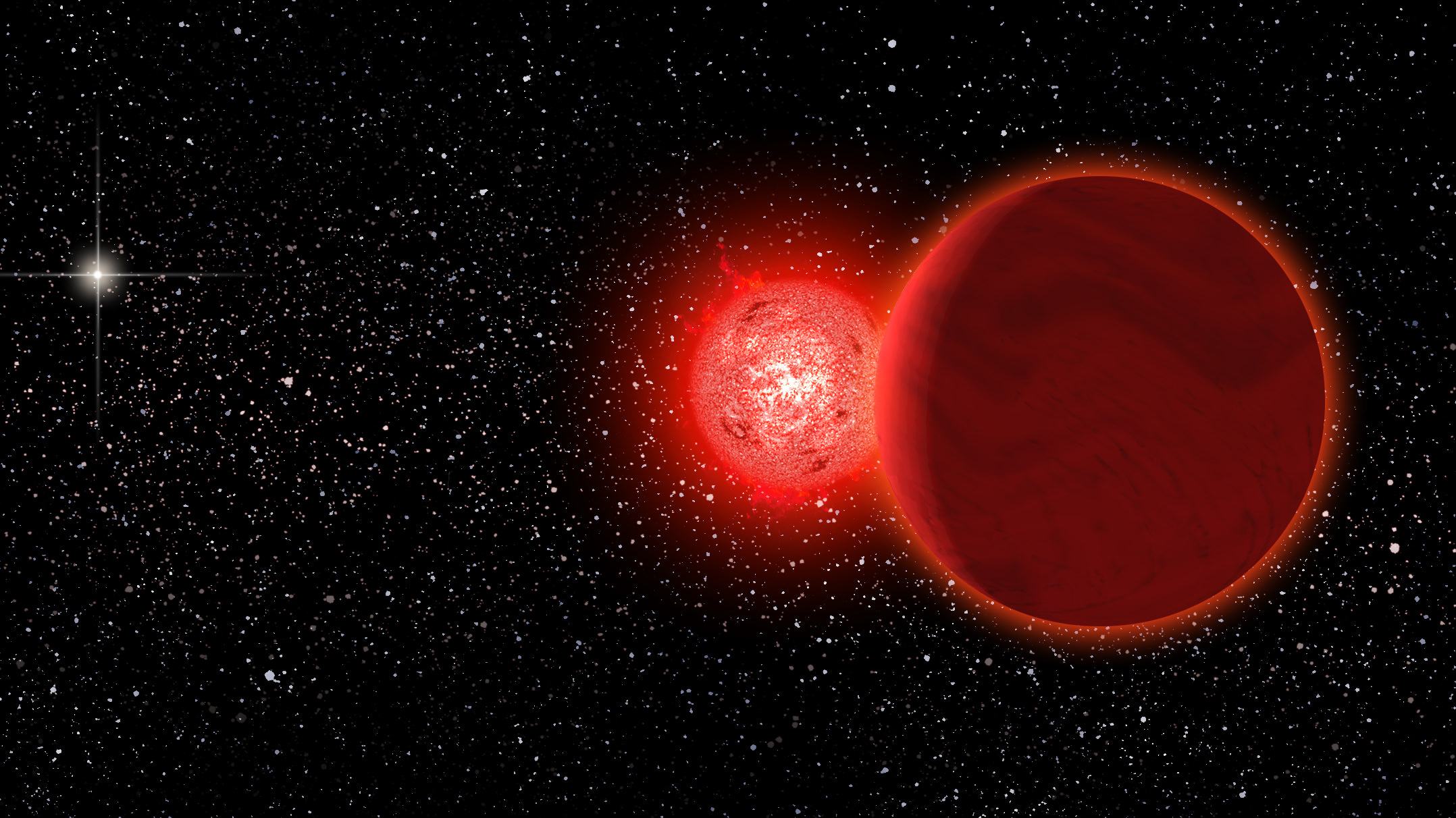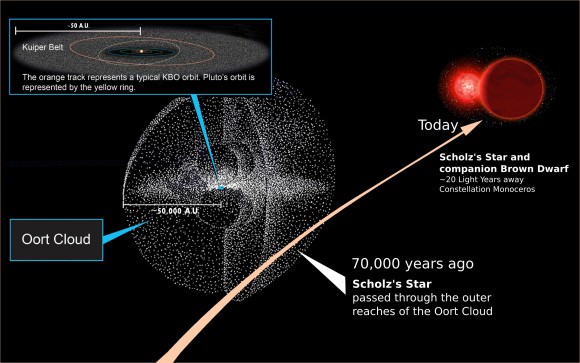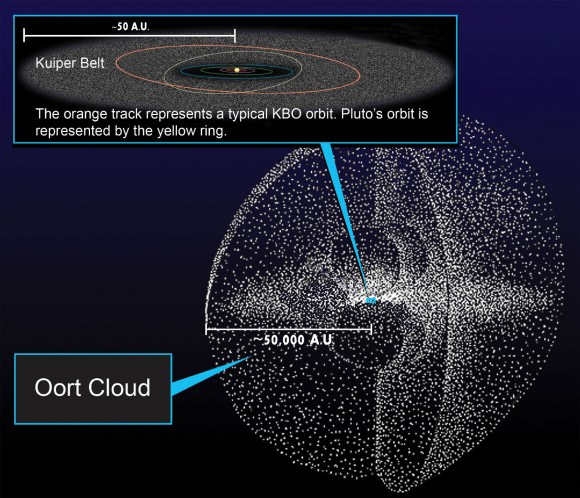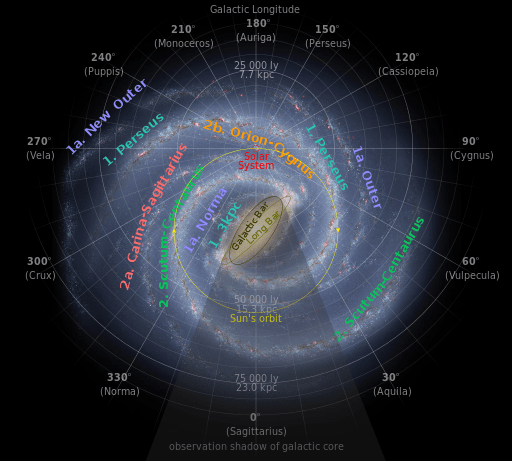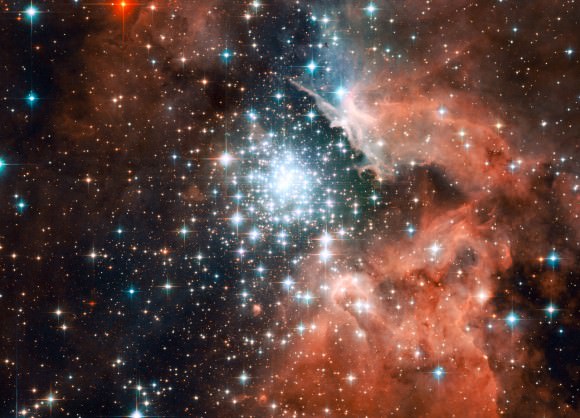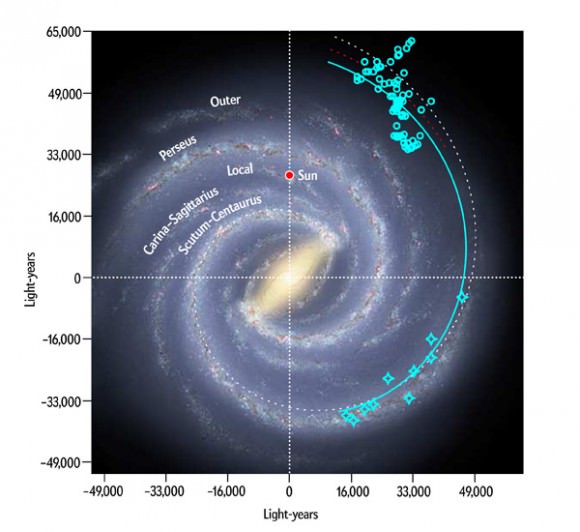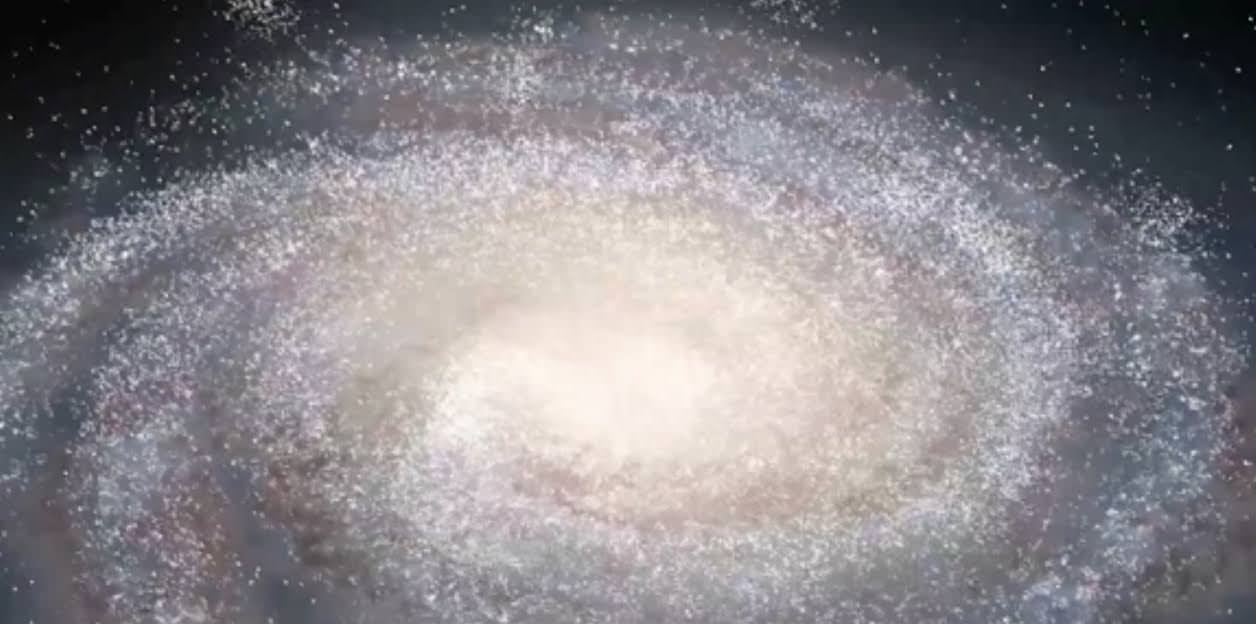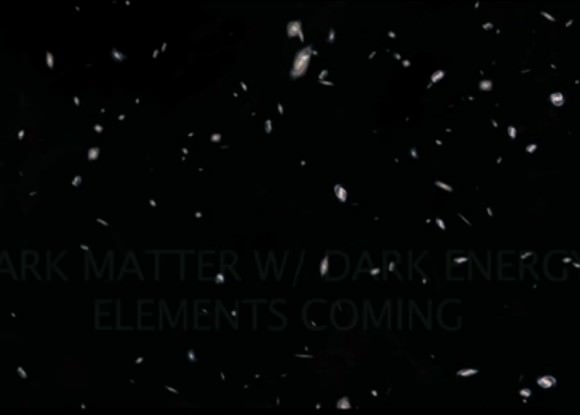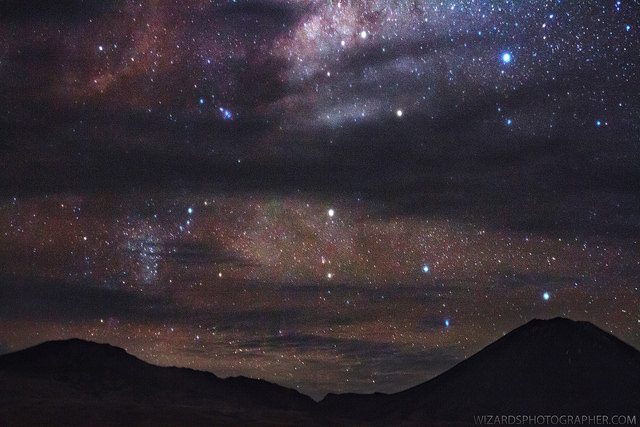The winners of the 7th annual Earth & Sky Photo Contest have been announced, and wow, these images are absolutely stunning! The contest really highlights the beauty of the night sky, and its mission is to spread the message to cut down on light pollution while helping to preserve the last remaining natural night environments and night skies in the world. The contest was organized by The World at Night (TWAN) and other sister organizations.
“The sky above us is an essential part of our nature, a heritage for us and other species on this planet,” said TWAN founder and contest chair, Babak Tafreshi.”The contest main goal is to present the night sky in this broader context that helps preserving the natural night sky by reconnect it with our modern life.”
See more winning photos below:
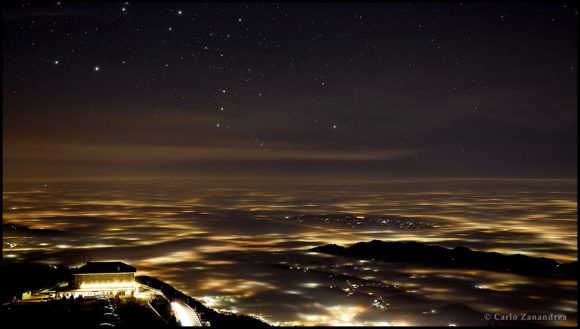
Just last week, a group of Italian and American scientists unveiled a new global atlas of light pollution, and sadly, they said the results show the Milky Way is “but a faded memory to one-third of humanity and 80 percent of Americans.”
“We’ve got whole generations of people in the United States who have never seen the Milky Way,” said Chris Elvidge, a scientist with NOAA’s National Centers for Environmental Information. “It’s a big part of our connection to the cosmos — and it’s been lost.”
These photos from Earth & Sky Contest really display that important connection, with people and places on Earth being a big part of many of the images – the classic definition of “TWAN-style” photography. According to the contest theme of “Dark Skies Importance,” the submitted photos were judged in two categories: “Beauty of The Night Sky” and “Against the Lights.”
“The selected images are those most effective in impressing public on both how important and delicate the starry sky is as an affecting part of our nature, and also how bad the problem of light pollution has become,” TWAN said in their press release. “Today, most city skies are virtually devoid of stars. Light pollution (excessive light that scatters to the sky instead of illuminating the ground) not only is a major waste of energy, it also obscures the stars, disrupts ecosystems and has adverse health effects.”
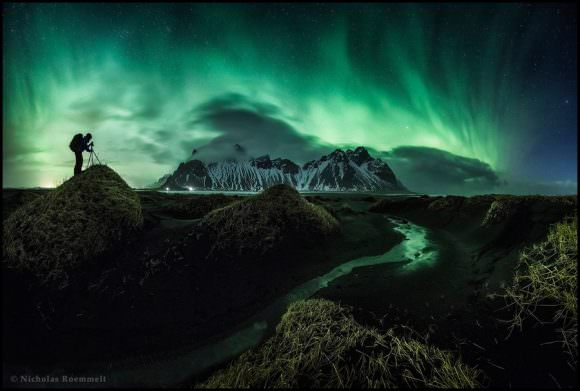
The winning images were chosen on their “aesthetic merit and technical excellence,” said David Malin of the judging panel, who is well-known pioneer in scientific astrophotography. “We believe they accurately reflect the state of the art in TWAN-style photography. The competition encourages photographers with imagination to push their cameras to their technical limits, and to produce eye-catching images that appear perfectly natural and are aesthetically pleasing.”

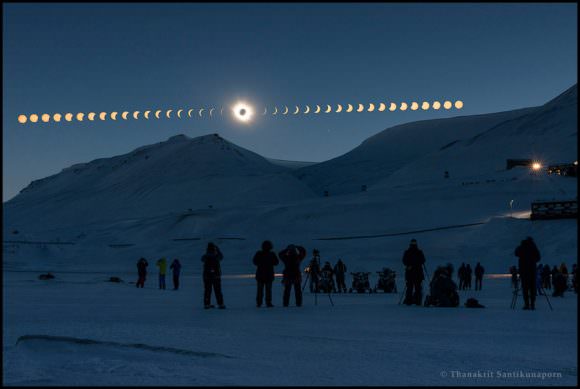
The contest was open to anyone of any age, anywhere in the world; to both professional and amateur/hobby photographers. It has been an annual event since 2009 (initially for the International Year of Astronomy) by TWAN, the National Optical Astronomy Observatory, and Global Astronomy Month from Astronomers Without Borders. The contest supports efforts of the International Dark Sky Association (IDA) and other organizations that seek to preserve the night sky.
The images were taken in 57 countries and territories including Algeria, Antarctica, Australia, Austria, Bahamas, Belgium, Bolivia, Brazil, Canada, China, Colombia, Croatia, Czech Republic, Egypt, England, Estonia, Finland, France, Germany, Greece, Guatemala, Guam, Hungary, Iceland, India, Indonesia, Iran, Ireland, Italy, Japan, Jordan, Kenya, Lithuania, Madagascar, Malaysia, Malta, Morocco, Norway, New Zealand, Paraguay, Peru, Philippines, Poland, Reunion (France), Romania, Russia, Scotland, Sri Lanka, South Africa, Spain, South Africa, Sri Lanka, Sweden, Switzerland, Tanzania, Thailand, Ukraine, and USA.
See all the images and more information about them at TWAN. Click on each image for larger versions. A larger version of the lead image can be found here.
You can see the global atlas of light pollution here, which was created from data from the NOAA/NASA Suomi National Polar-orbiting Partnership satellite and calibrated by thousands of ground observations.
And here’s a video that includes all the winning images:

